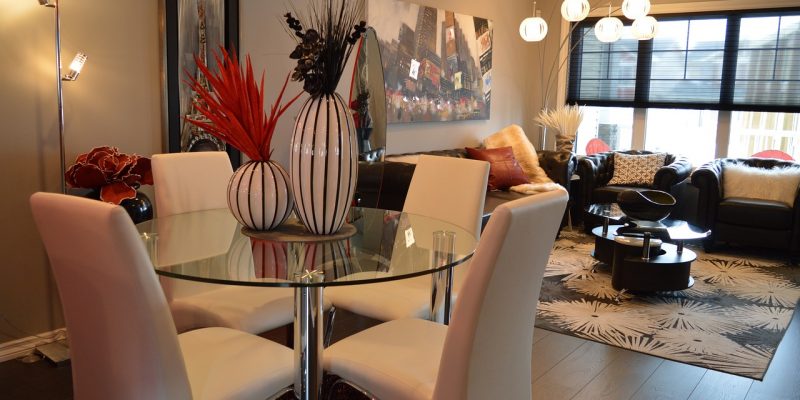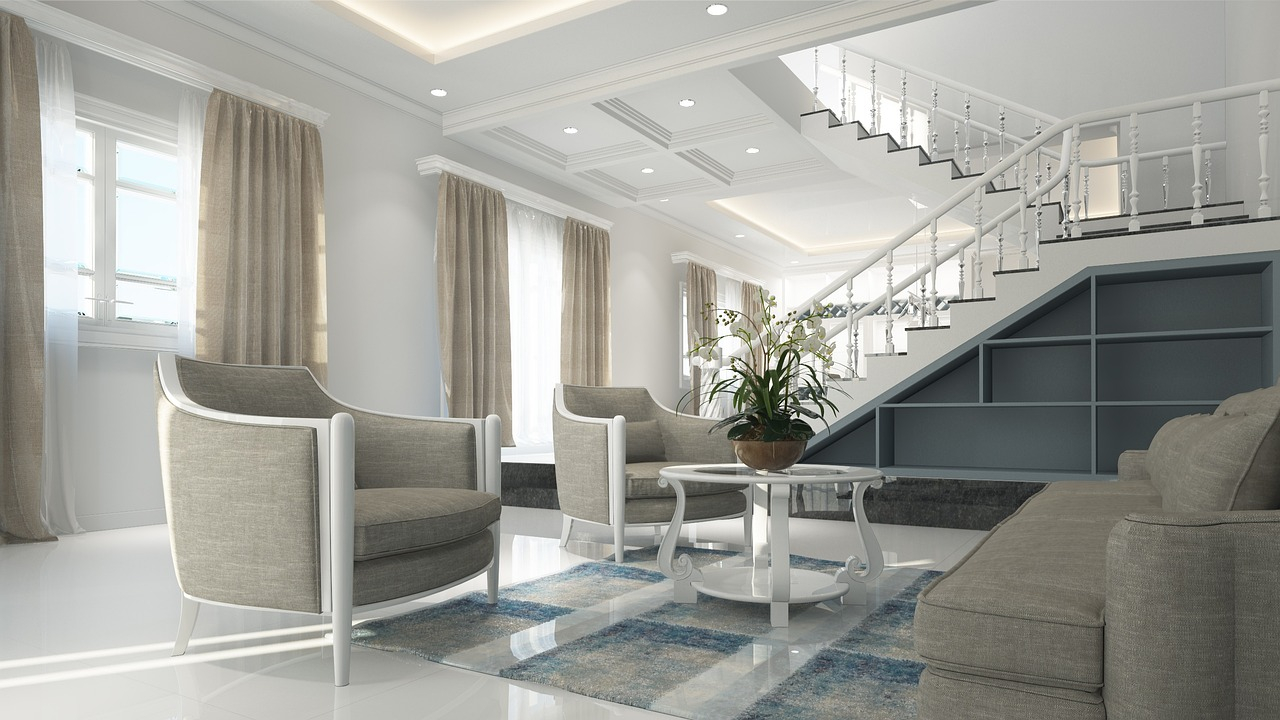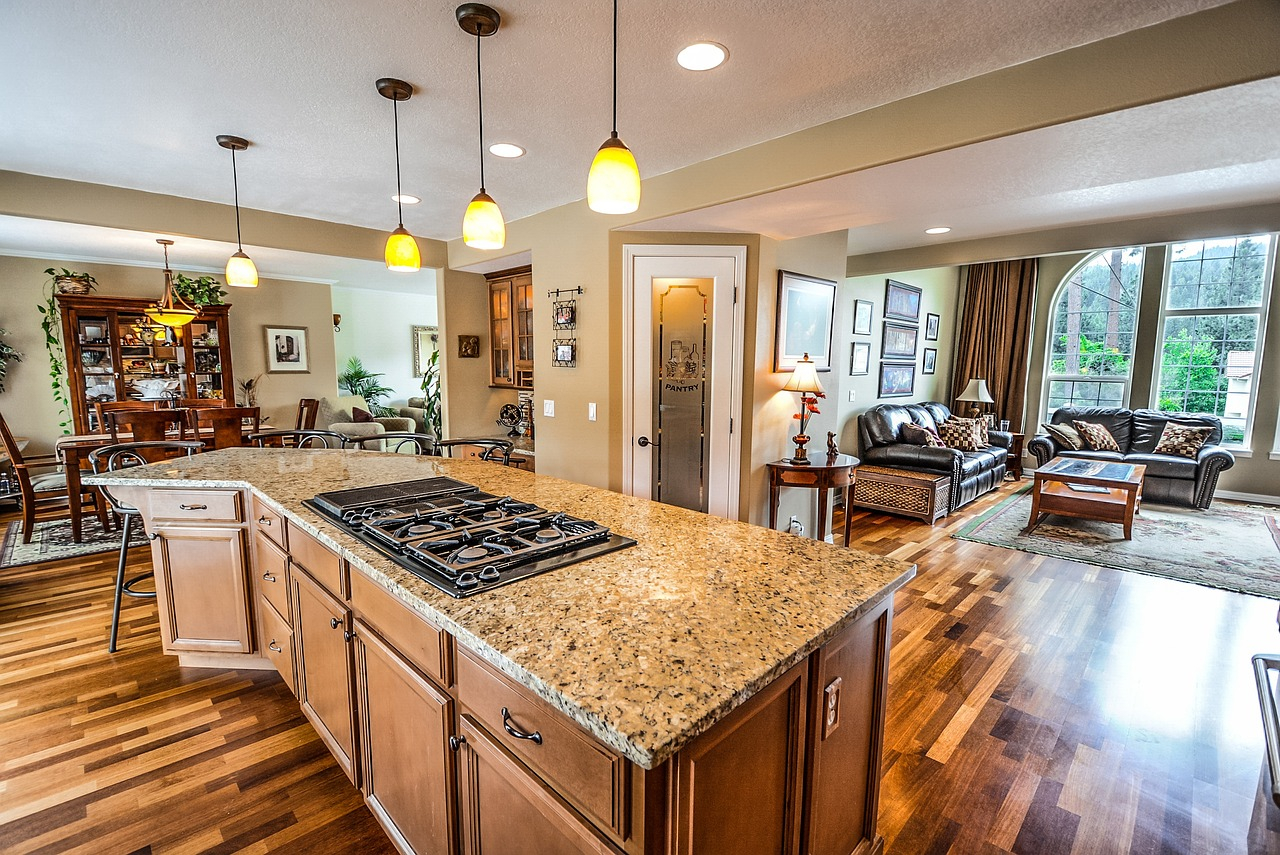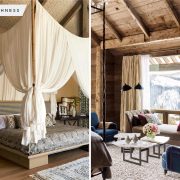Proper lighting is essential to making your home seem warm and inviting. It not only changes the way a space works but also the way it makes you feel and look. In this article, we’ll review some lighting basics that can help you make your home more relaxing and inviting. These guidelines can help you find that spot between functional lighting and aesthetic appeal, from choosing the proper bulbs to layering lighting and making smart use of dimmers.
Choose an Appropriate Color Temperature
The appearance and atmosphere of a space are dramatically affected by the bulb’s color temperature. The Kelvin (K) scale classifies the temperature of a bulb’s illumination into three major categories: warm, neutral, and cold, with values ranging from 1,000 to 10,000, respectively. Light with a lower Kelvin value seems yellower, creating a cozier, warmer atmosphere.
Temperatures between 2700 and 3000 Kelvin (K) are recommended for the majority of homes. This soft, comforting glow is reminiscent of the light from incandescent lamps and is perfect for creating a friendly, homey mood. But daylight bulbs with a color temperature of roughly 5000K might provide a colder, blue light that is often too harsh for interior use.
Soften and Diffuse
Large luminous pendants, such as a globe or paper lantern, might offer elegance if the chandelier appearance is too hectic for your taste. With all the creative updates from the lighting industry, you’ll probably be indecisive about which one to choose. In particular, paper lanterns are portable, versatile (in terms of both size and form), and provide high-quality diffused illumination. A beautiful alternative to using table or floor lights is to hang a pendant from a swag.
Maximize Natural Light
Maximizing available natural light is just as important as using artificial lighting when it comes to house illumination. There’s more to it than just saving money on your power bill if you let in plenty of natural light. Sunlight has several positive effects on health and well-being, including the mitigation of stress and anxiety, elevation of mood, promotion of productivity, and regulation of the circadian cycle.
There are several options for bringing natural light within, even if your house isn’t naturally endowed with windows. To begin, install window coverings that can be rolled up or pushed back out of the way entirely. Lighten the paint on the walls and make liberal use of shiny, smooth materials like mirrors, glass, metals, glossy paint, or reflecting wallpaper to increase the room’s illumination. Placing a mirror beside a window or in a well-lit area reflects more light into the room. The more light a mirror is able to reflect, the larger and brighter the area will seem.
Embrace Dimmers
When it comes to lighting control, dimmer switches change everything. They let you change the brightness of your lights to fit your mood or what you’re doing. Dimmers are especially helpful in places like living rooms, dining rooms, and bedrooms where you want to create a calm or cozy atmosphere. By being able to turn down the lights, you can quickly turn a bright, useful area into a cozy place to relax.
Wall-Mount Your Task Lights
Think about installing wall sconces if you have a special spot for reading or lounging where you need good task lighting. Put it up high enough to light over your shoulder, or choose one that can be moved. Light fixtures, and sconces in particular, may be made in a wide range of creative, artistic, and stylistic ways.
Mix and Match
Don’t feel that you have to have a matched set of table and floor lamps. To provide visual interest and a variety of lighting effects, asymmetrical arrangements are ideal. A reading nook may benefit from a work lamp on an adjustable arm, while an ambient reading nook can be illuminated by a bright floor lamp. You can make the lighting in a room seem more natural and inviting by varying the height and kind of light. Fixtures of various types may be a lot of fun to mix and match if you have an eclectic sense of style.
You can make your house more welcoming and relaxing by using these lighting tricks. Consider the appropriate color temperature range, dimmer switches, wall-mounting your task lights, or mixing all of the above. With little thought put into the lighting, you can make your home into a comfortable haven that reflects your tastes and preferences. We hope that you have gained some useful knowledge and ideas from these lighting suggestions. Turn on the lights and see how your surroundings change.






















